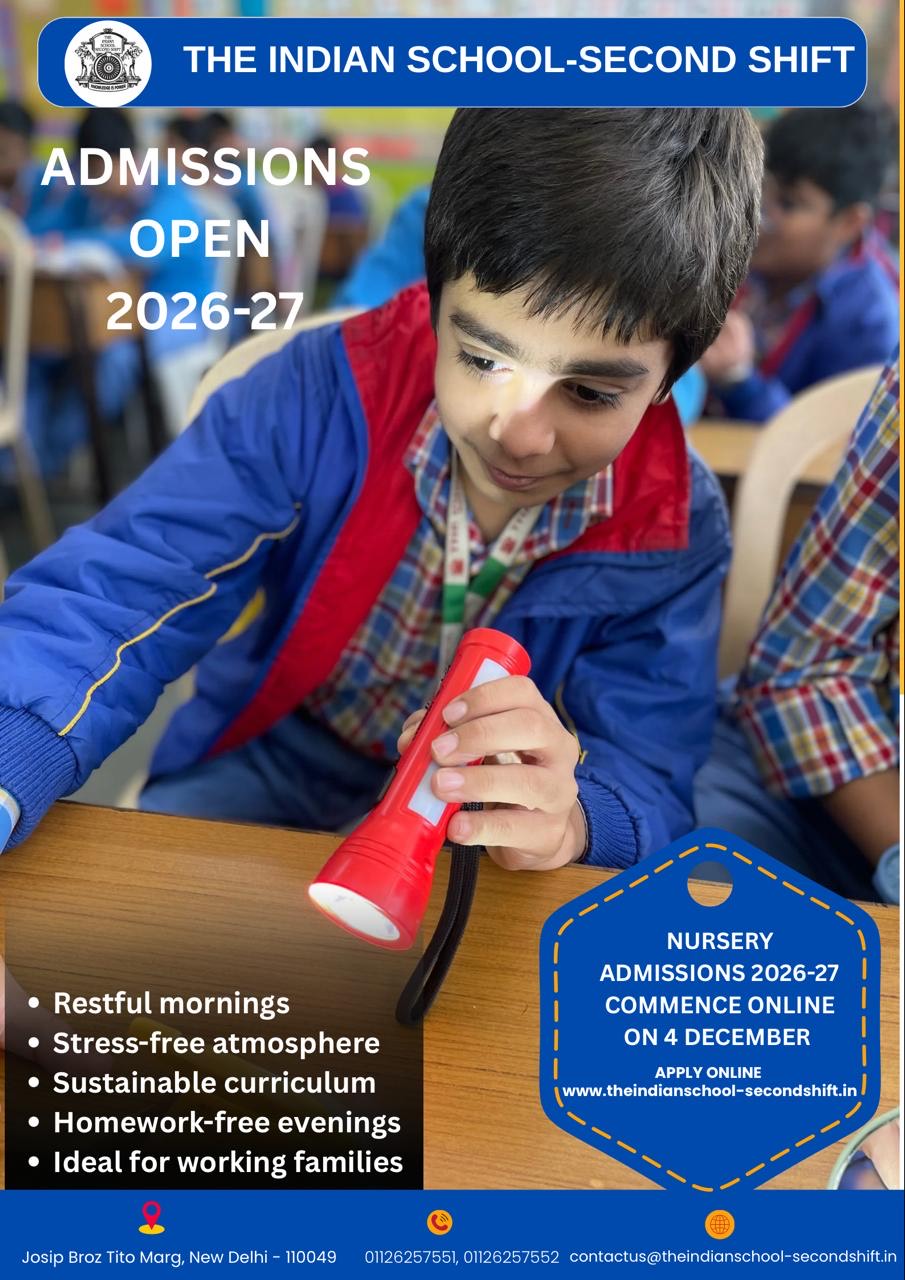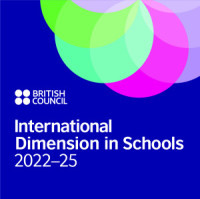Beyond the Hype of Adolescence on Netflix: Building the Village Our Children Truly Need
I couldn’t help but get swept up in the conversations surrounding Adolescence on Netflix this weekend. Curious about the hype, I finally decided to dive in, and what followed was a whirlwind of emotions—not just as a therapist, but as someone who once walked through the chaos of adolescence myself.
What struck me from the start was the show’s portrayal of a young convict—a child at the heart of the story. What was so powerful about this depiction wasn’t just that he wasn’t treated as fragile or coddled because of his age, but that he was never broken or humiliated. It was a delicate balance—respecting his humanity, even in his darkest moments. In a world where troubled youth are so often dehumanized, this subtle approach felt like a quiet act of hope.
While many are quick to highlight the show’s plot twists and character arcs, what lingered with me long after the credits rolled was the portrayal of adults. Flawed, messy, imperfect—but also trying, in their own messy ways, to understand and connect with the young people in their lives. These adults didn’t just give orders or offer lectures. They reached for the human connection, navigating their own vulnerabilities while respecting the dignity of the children they cared for. It was a gentle reminder of how important it is for adults to meet young people not with judgment, but with empathy.
There’s a moment in the show that most viewers may have missed, but for me, it was the heart of the story. Detective Sergeant Misha Frank turns to Detective Inspector Luke Bascombe and says, “All a child really needs is someone who can make them feel they’re good at something.” It’s simple, but it resonates so deeply. At the core of every child’s experience is a desire to be seen—not (only) for their mistakes or their shortcomings, but for the things that make them unique. They long for someone to recognize their worth, even when they haven’t yet figured out their own value.
This is something I see every day in my work. A few months ago, a sixth grader came to me for counselling. It wasn’t her family issues that struck me—it was the fact that she came to me on her own. She didn’t wait for a parent or teacher to suggest it. She chose to take that first step by herself. In all my years of working with adults, I can count on one hand how many have been that proactive. That courage to seek help—to want to be known—is something that, as a society, we often overlook.
It reminds me of something I’ve learned over the years: healing doesn’t always come in grand gestures. Sometimes, it’s as simple as remembering the small things about someone—like their favourite colour, the way they laugh, the little details that make them, them. In counselling, it’s not the advice I give that heals the child—it’s the act of truly seeing them, of holding space for their emotional world. And even though it can be overwhelming for a child to be seen so fully, that kind of recognition is a powerful first step toward healing.
But here’s the thing: we live in a world where it’s easy to forget how important this is. Parents are stretched thin, juggling careers, family obligations, and their own personal struggles. Teachers are often managing classrooms filled with forty children, each with their own needs, hopes, and fears. In this climate, it’s easy for children’s emotional needs to slip through the cracks. And while I have deep empathy for parents and educators, the truth is, raising children isn’t something any of us can do alone. It’s a collective responsibility.
However, what Adolescence on Netflix also teaches us is that sometimes, healing isn’t something that can be fixed in a single counselling session. Unfortunately, people reach us after encountering various systems where the challenges could have been contained before they escalated. It’s not always about a child sitting across from a therapist, talking through their feelings, as helpful as that can be. Sometimes the problem is bigger than any one individual or session—it’s about how we, as a society, have structured our lives. Sometimes, it’s about the jobs that allow families to balance work and family life, without feeling stretched to the breaking point. It’s about creating job profiles that support both men and women in nurturing their families, without making them feel as though they have to sacrifice their careers.
It's about creating a society where men can step into their roles as fathers without fear of judgment, where paid paternity leave is a norm, not a rarity. This kind of flexibility can give parents—especially mothers—the breathing room they need to show up emotionally for their children. It’s about tearing down the old, tired divisions of labour that so often burden mothers alone, and creating a world where both parents are supported in the emotional and practical tasks of raising their children.
But perhaps, most importantly, it’s about creating a space where meaningful conversations can happen every day. Not just at home, but in schools, workplaces, and communities—about the most pressing issues our children face. We need a space where it’s okay to talk about what it means to grow up in today’s world—about identity, mental health, and relationships, about the pressures that weigh down on young people and the adults who care for them. This kind of ongoing dialogue is crucial for breaking the cycles of silence and stigma that so often isolate the very people who need support the most.
It’s not about expecting one person—be it a parent, a teacher, or a counsellor—to carry the weight of this on their own. It’s about all of us coming together, acknowledging our shared responsibility, and working to build a more compassionate and understanding environment for the next generation. Yes, the challenges are real. Yes, the road ahead is long and messy. But the beauty of Adolescence—and the truth it imparts—is that change is possible, and it starts when we show up, listen, and make room for the real struggles young people face.
Raising children in today’s world isn’t easy—but it doesn’t have to be a solitary endeavour. It takes a village, as the old African proverb says. And while that village might feel fragmented at times, it’s still there. We have the power to rebuild it, to create a world where no child is left unseen, where every child has the chance to grow, be loved, and thrive. And it starts by building a society that recognizes the power of connection—between parents, teachers, communities—and most importantly, between the adults and the children they care for.
Ms. Meghna Joshi
(Psychodynamic Counsellor)
* This write up has been written with a heteronormative family in mind. However, we are mindful of the fact that families can look different for each kid and can exist beyond the conventional structure of an ideal family (single parent families, families with a history of parental loss etc).











